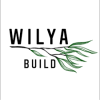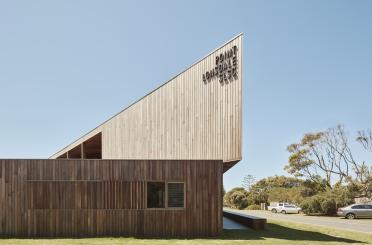Wilya Build


Sound transmission through the floor is best controlled at the build stage when sound control materials can be incorporated into the floor cavity. If you already have floorboards on top of the glulam beams, and presumably a ceiling on the underside, your options are limited. We have several Technical Design Guides that touch on acoustic issues - see here https://www.woodsolutions.com.au/acoustic-considerations-construction.


We don't have an approved detail for the situation you describe. Details 54 or 55 in Guide #02 could be used but note that the FRL's stated in the Guide apply to the wall frame, not the floor. Also when it comes to situations not specifically covered in our Guides we can only give an opinion, not a ruling. Building approval authorities will have the final say.
It's difficult to say whether the wood has rotted from contact with damp soil outside the tub, or from prolonged contact with water inside the tub, or both. If the inside surface is softer than the outside, then perhaps the tub has simply reached the end of its life. Suppliers' websites suggest that a western red cedar hot tub should last 15-20 years. If your tub has failed in a significantly shorter time, perhaps you should discuss this with the supplier in light of any warranty that was offered. We can say that contact with damp soil certainly wouldn't have helped.
In the subject line of your message you write "rotted western red cedar" so we assume it has started to rot and you aren't just concerned it might rot. If so, it is likely that prolonged contact with damp earth initiated the problem. However if you scrape away the earth it should be easy to discover how deeply rot has penetrated into the wood. If it's only superficial it may cease once the surface is exposed to the air, particularly if you apply an anti-rot treatment.


Are you looking for a supplier?